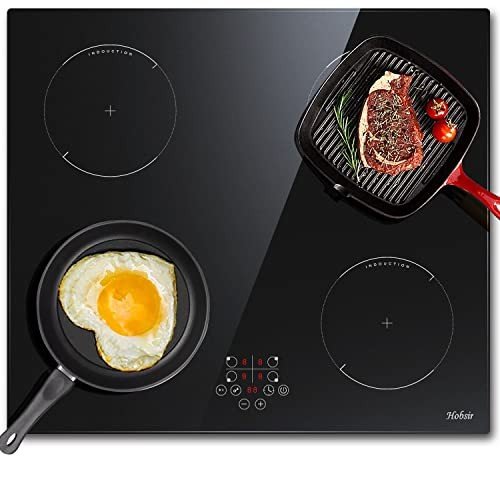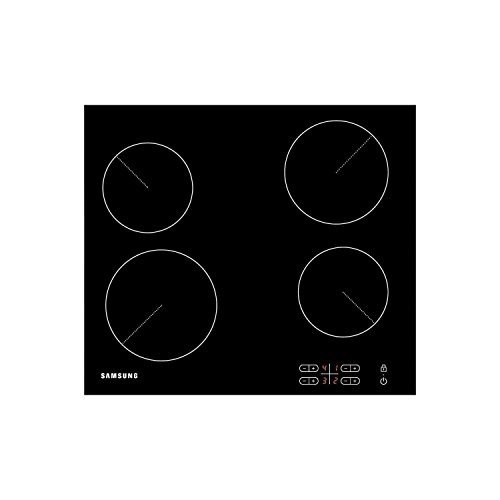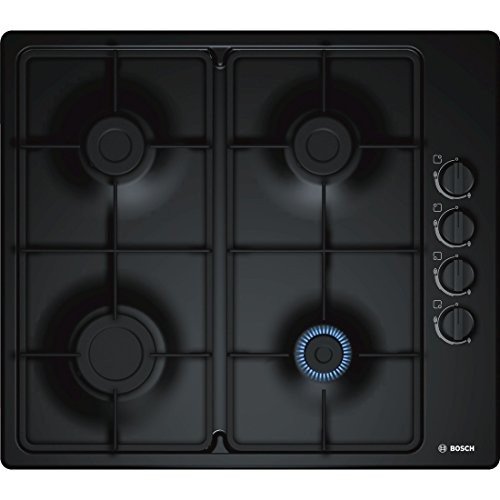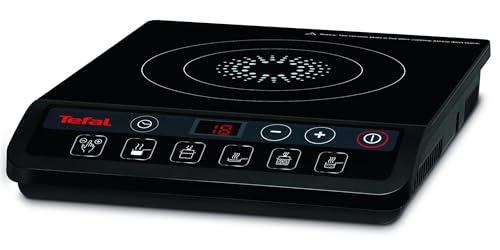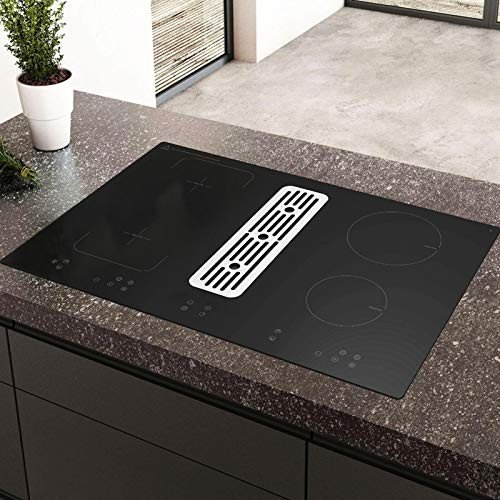Hobs are the heart of your kitchen, making cooking a breeze and bringing your favorite dishes to life. Whether you're sautéing, boiling, or simmering, there's a hob that fits your style, whether you prefer gas, electric, or induction. Check out our selection to find the perfect match for your cooking needs and elevate your culinary adventures!
Hobs
Explore our collection of high-performance hobs designed to elevate your cooking experience
Product List

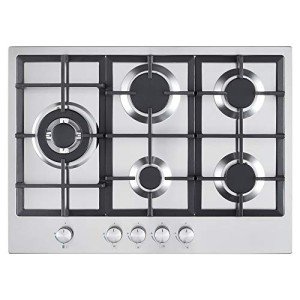
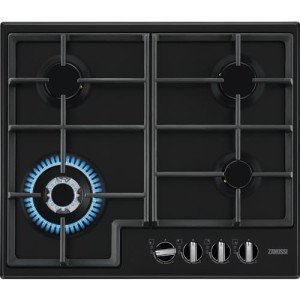
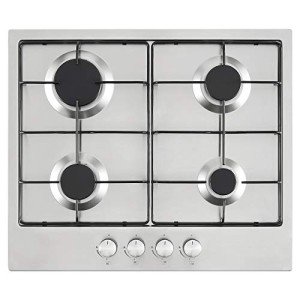
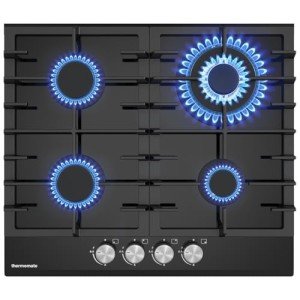

60cm Stainless Steel Gas Hob
Hobsir Hob
Product Review Score
4.73 out of 5 stars
57 reviews$159.07 $132.56
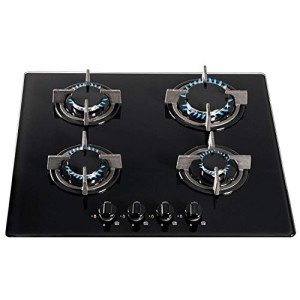
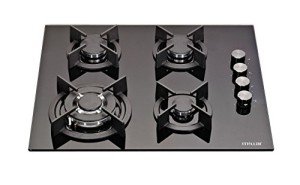
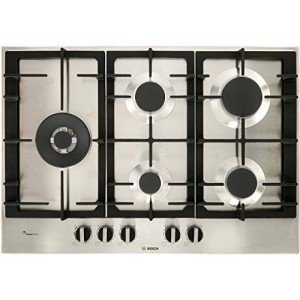
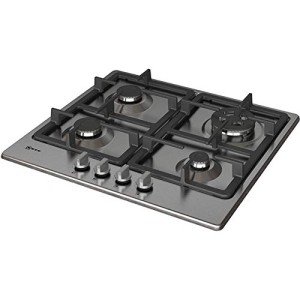
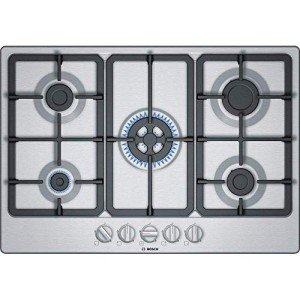

When it comes to modern kitchen design, the hob is often seen as the heart of cooking. A hob is the flat cooking surface, typically built into a countertop, that provides a direct heat source for preparing meals. While ovens handle baking and roasting, hobs dominate everyday cooking tasks such as boiling, frying, and simmering. With evolving technology and design trends, hobs have become more sophisticated, offering a wide range of options to suit different cooking styles, budgets, and kitchen spaces.
This comprehensive blog post explores the different types of hobs, their features, pros and cons, and tips on choosing the right one. It also provides a detailed comparison table, lists of essential buying considerations, and an FAQ section at the end.
The Different Types of Hobs
There are several types of hobs available, each with its own unique heating method and advantages.
1. Gas Hobs
Gas hobs remain the traditional favorite among home cooks. They provide an open flame for instant and adjustable heat, allowing precise control while cooking.
- Advantages: Quick response to temperature changes, compatible with all cookware types, visible flame for easy monitoring.
- Disadvantages: Require a gas connection, more cleaning effort due to pan supports and burners.
2. Electric Hobs
Electric hobs use heating elements beneath a smooth ceramic or solid plate surface. They are easy to install and often more cost-effective upfront.
- Advantages: Affordable, simple to use, often with sleek designs.
- Disadvantages: Slower heat adjustment, less energy-efficient than induction.
3. Induction Hobs
Induction hobs use electromagnetic technology to directly heat the base of the cookware, leaving the hob surface relatively cool. They are highly energy-efficient and increasingly popular in modern kitchens.
- Advantages: Fast heating, excellent energy efficiency, easy cleaning, enhanced safety (surface stays cooler).
- Disadvantages: Require compatible cookware (magnetic-based), usually higher initial cost.
4. Domino Hobs
Domino hobs are smaller, modular units that can be combined to suit personalized cooking preferences. Options include gas, induction, Teppanyaki plates, or even wok burners.
- Advantages: Flexibility, compact design, ideal for smaller kitchens or customized cooking zones.
- Disadvantages: More expensive per unit, limited cooking space per module.
Comparison Table: Gas vs. Electric vs. Induction vs. Domino
| Feature | Gas Hob | Electric Hob | Induction Hob | Domino Hob |
|---|---|---|---|---|
| Heat Source | Open flame | Electric heating element | Electromagnetic field | Customizable (gas/induction/other) |
| Responsiveness | Instant | Slow to adjust | Very fast | Depends on type chosen |
| Energy Efficiency | Moderate | Moderate | High | Varies |
| Cookware Needed | Any | Any (heat-safe) | Magnetic-based only | Depends on hob type |
| Safety | Open flame risk | Hot surface remains after off | Surface stays cooler, safer | Depends on hob type |
| Cleaning | More effort due to burners | Easy (smooth ceramic surface) | Very easy (flat surface) | Generally easy |
| Cost Range | Budget to premium | Budget-friendly | Mid to high | Premium per module |
Key Considerations When Choosing a Hob
When selecting the right hob, several practical aspects should guide the decision:
Kitchen Space
- Large kitchens may accommodate multi-zone induction hobs or wide gas models.
- Compact kitchens might benefit from domino hobs or 2-burner designs.
Cooking Style
- Frequent stir-frying or wok-based cooking pairs well with powerful gas burners.
- Families that prioritize quick weekday meals may prefer induction for its speed.
Safety Concerns
- Homes with young children might lean toward induction due to its cool-touch surface.
- Gas hobs, while effective, pose more risks with open flames and gas leaks.
Budget
- Electric hobs are the most affordable.
- Induction hobs and modular designs generally sit at the higher end.
Maintenance
- Induction and smooth electric hobs are easiest to wipe clean.
- Gas hobs, while durable, often require more effort to maintain due to removable grates.
Benefits of Modern Hob Features
Manufacturers now include innovative features to enhance convenience:
- Touch Controls: Allow sleek, button-free operation.
- Timer Functions: Enable automatic shut-off for specific zones.
- Booster Function: Quickly boosts power for rapid boiling.
- Bridge Zones: Combine two cooking zones into one large area for griddles or larger pans.
- Flame Failure Devices (in gas hobs): Shut off the gas if the flame extinguishes unexpectedly.
Tips for Hob Maintenance
To extend the life and efficiency of any hob:
- Clean regularly: Wipe spills immediately, especially on induction and ceramic surfaces, to prevent staining.
- Use proper cookware: Heavy-bottomed pans distribute heat more evenly.
- Check for gas leaks: For gas hobs, routine inspection is essential.
- Avoid harsh scrubbers: Use soft cloths and recommended cleaners to maintain finishes.
- Follow manufacturer guidelines: Regularly review manuals for care instructions.
Frequently Asked Questions (FAQ)
1. What is the difference between a hob and a stove?
A hob typically refers to the flat, built-in cooking surface integrated into a countertop, while a stove often includes both a hob and an oven in a single freestanding unit.
2. Can I use any pan on an induction hob?
No. Induction hobs require cookware that is magnetic at the base. A simple test is to see if a magnet sticks to the bottom of your pan.
3. Do induction hobs consume more electricity?
Although induction hobs may have higher wattage, they are energy-efficient because they transfer heat directly to the pan. This means faster cooking times and less wasted energy.
4. Are gas hobs being phased out?
In some regions, gas appliances face restrictions due to environmental concerns, but gas hobs are still widely available and remain popular in professional kitchens.
5. Is it difficult to install a hob?
Installation complexity depends on the hob type. Gas hobs require certified professional installation for safety, while electric and induction hobs are generally easier to fit with proper electrical outlets.
Final Thoughts
The choice of hob can significantly influence the cooking experience. Gas hobs remain a timeless favorite for chefs who value control, while induction hobs appeal to those seeking efficiency, precision, and safety. Electric hobs remain budget-friendly, and domino hobs provide ultimate customization.
By considering factors such as cooking habits, budget, and kitchen design, homeowners can confidently select a hob that not only enhances meal preparation but also blends seamlessly into their kitchen aesthetic. With the right choice, a hob becomes more than just a cooking tool—it becomes a central part of an efficient, stylish, and functional kitchen.
